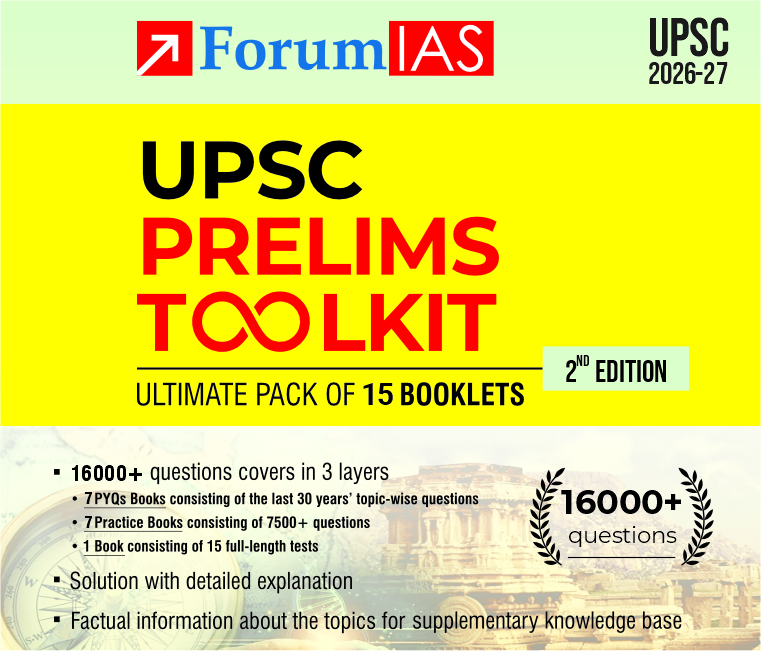Context:
The Union Cabinet has approved the policy framework to permit exploration and exploitation of unconventional hydrocarbons.
Background of the issue:
Unconventional hydrocarbons are sources of oil and gas which require methods for extraction which are not normally necessary in the conventional extraction of hydrocarbons such as Coal bed Methane, shale gas/oil, tight gas and gas hydrates.
Coal Bed Methane:
- India has the fifth largest proven coal reserves in the world.
- The CBM resources in the country are about 92 TCF (2600 BCM) in 12 states of India.
Shale Gas:
- It is a natural gas formed from being trapped within shale rocks.
- ONGC estimates 187.5 Trillion Cubic Feet (TCF) of shale gas in Cambay, KG, Cauvery, Ganga and Assam basins in India.
Gas hydrate:
- A naturally occurring, ice-like combination of natural gas and water found in the world’s oceans and Polar Regions.
- US Geological Survey states that India has the second largest gas hydrates in World.
- The Krishna Godavari, Cauvery and Kerala basins alone contributing 100-130 trillion cubic feet of estimated reserves.
Tight gas:
- Tight gas refers to natural gas reservoirs locked in extraordinarily impermeable, hard rock, making the underground formation extremely “tight.”
- India’s Cambay field holds 413bn cubic feet of economically recoverable tight gas
NOTE: In 2018 The Ministry of Petroleum and Natural Gas has liberalised the definition of petroleum to bring more hydrocarbons such as coal bed methane andshale gas.
Benefits of Unconventional Hydrocarbons:
- With appropriate safeguards, they can provide a cleaner source of energy than other fossil fuels.
- Creates jobs and provides economic benefits to the entire domestic production supply chain, as well as to chemical and other manufacturers, who benefit from lower feedstock and energy costs.
- Increase domestic production – aspiration of 10% reduction in imports by 2022
- Build infrastructure – Greenfield and brownfield refineries, petrochemical plants, pipelines, LNG terminals.
- It will attract FDI & technical expertise.
Challenges in Exploitation of Unconventional Hydrocarbons
- Challenges in Shale Gas exploitation:
- Use of water: (Fracking technique) uses around 5-7 million litres of water per well.
- The massive amount of water used in the fracking process has led to water shortages in some drilling areas.
- Environmental concerns: Fracking has led to extensive deforestation and flooding of the nearby area.
- Groundwater contamination: –
Environmentalists say potentially carcinogenic chemicals are used in shale gas exploration which will contaminate groundwater.
- Earthquakes: Fracking process can cause small earth tremors in the region.
- Challenges in Coal Bed Methane exploitation:
- Simultaneous operations of Coal Bed Methane and coal mining by multiple owners results in management issues.
- Despite the huge reserves, a mismatch exists between estimated resources and gas in-place.
- There is a possibility of damage of gas wells resulting in explosive atmosphere in coal mines during simultaneous extraction of coal and CBM.
- Multiple ownership for simultaneous exploitation may not be desirable for the life, health and safety of the workers employed in such mines.
- Safe Operating Procedures (SOP)for simultaneous exploration are not effectively implemented.
Policy Framework
1998- 2016: New Exploration Licensing Policy (NELP)
2017 to till date: New hydrocarbon exploration licensing policy (HELP)
On 1st august 2018:Policy framework for exploiting unconventional Hydrocarbon.

Features of HELP policy.
- Single License for Exploration and Production of all forms of Hydrocarbons
- An Open Acreage Licensing Programme:
- Year-round bidding
- Enable companies to choose blocks from designated area based on their interest
3.Easy to administer Revenue Sharing Model
- Marketing and Pricing Freedom for Crude Oil and Natural gas Produced.
Necessity of HELP policy:
- It has been stimulating new exploration activity for oil, gas and other hydrocarbons and eventually reduce import dependence.
- The introduction of the concept of revenue sharing is a major step in the direction of “minimum government maximum governance”.
- Pricing freedom and Marketing will further simplify the process.
- It will remove the discretion in the hands of the Government and reduce disputes
Issues with HELP Policy:
- Existing Contractors are not allowed to explore and exploit CBM or other unconventional hydrocarbons in already allotted licensed/leased area.
- CBM Contractors are not allowed to exploit any other hydrocarbon except CBM.
New policy framework on Unconventional Hydrocarbon
New policy will be carried out under the existing production sharing contracts and nomination fields. It will also enhance production of unconventional hydrocarbons in the existing fields.
Future impact of new policy on Unconventional hydrocarbon:
- Will lead to induction of new, innovative and cutting-edge technology and forging new technological collaboration to exploit unconventional hydrocarbons.
- Will enable the realization of prospective hydrocarbon reserves in the existing Contract Areas which otherwise would remain unexplored and unexploited.
- Will reduce import dependency on oil and gas by 10% by 2022.
- To promote ease of doing business in the oil and gas sector in India to attract higher foreign investments.
- Exploration and exploitation of additional hydrocarbon will spur new investment, impetus to economic activities, additional employment generation.
Various Official Recommendations:
NITI AAYOG Recommendations:
- There should be a Shale Oil and Gas Authority should be setupto exploit the shale oil and gas reserves in Assam and Arunachal Pradesh.
- It bats for liberalising trade of all petroleum products transparently in order to expand the coverage of unserved regions of the country through the participation of private players.
The Energy Institute of India:
- India’s move for exploiting shale gas resources in the country has been red-flagged by The Energy and Research Institute (TERI) because India is a water-stressed country.
- India is already a water-stressed country and is fast approaching the scarcity benchmark of 1,000 m3 per capita with unabated growth in the irrigation sector;
WAY FORWARD
- Unconventional energy sources are significant for India’s Energy security, but there should be a balancebetween exploiting energy sources and Environment.
- Shale Oil and Gas Authority should be set up as early by 2018.
- Early roll out of Policy on Unconventional Energy sources will provide an impetus for alternate Energy development in India.







[…] Analysis : Unconventional Hydrocarbons […]
please provide compilation of 7pm of july and august